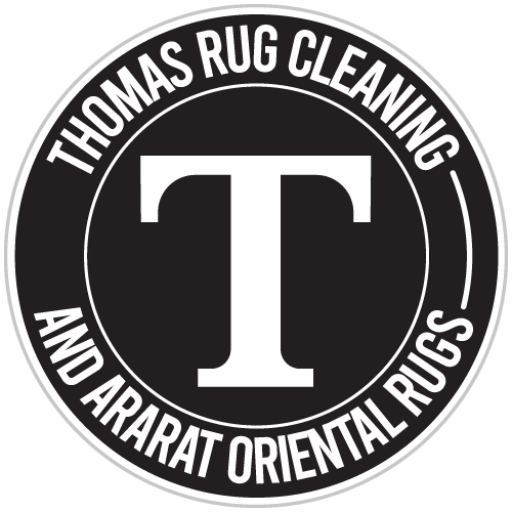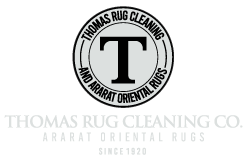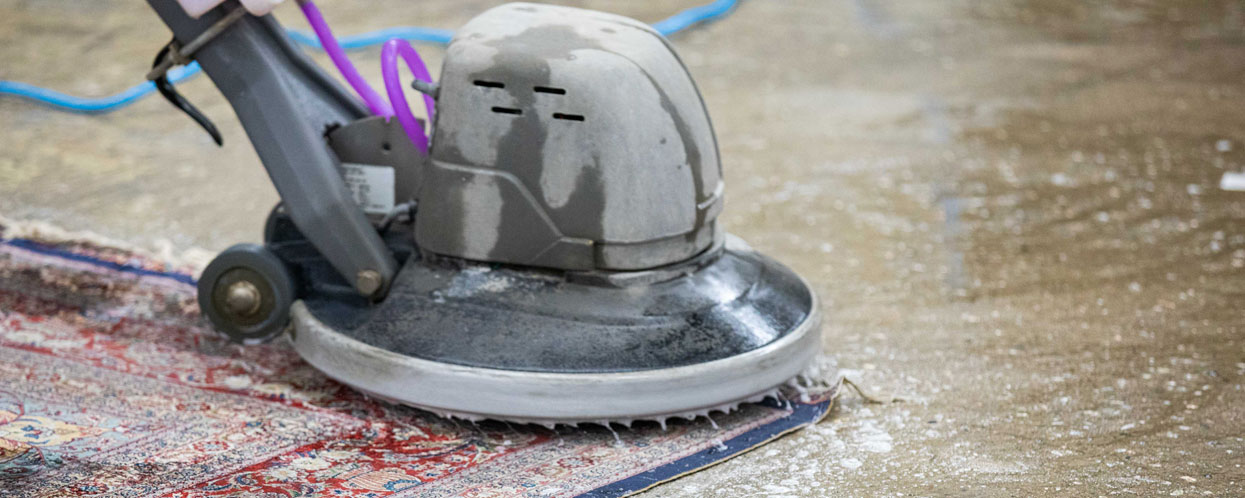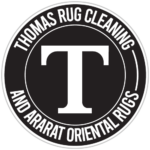A good rug, famously, ties the whole room together — reducing noise, heating costs, and floor damage. Unfortunately, carpets are also a magnet for dirt. And by that, we mean germs, bacteria, allergens, food particles, dead skin — the lot.How often should you wash rugs to avoid this build up? Well, the answer depends on several factors — including where it’s placed, what it’s exposed to, and how old it is. In this guide, we’ll help you set a rug cleaning schedule, accounting for all these variables.
Recommended Rug Vacuuming Intervals at Home
There can be several answers to the question: How often should you clean your rugs? As you’d imagine, every professional outlines their own recommended rug cleaning frequency. Recently, however, the Institute of Inspection Cleaning and Restoration Certification (IICRC) went looking for a more precise answer.
The non-profit certification organization studied various factors to ascertain how many times a week you should be vacuuming your rug.
Here are its recommended rug cleaning intervals.
- Once a week for a regular household of two
- Once or twice a week for families
- Two to four times a week for homes with smokers
- Every day, if a member of the household has a medical issue or in more crowded spaces, including workplaces
Furthermore, the body categorizes routine rug cleaning tasks based on priority. This ranges from spot cleaning, which must be carried out any time you see a stain, to restorative cleaning, which is a deep clean that must be carried out at fixed intervals.
Those who live with young children, older relatives, or shedding pets must increase the frequency of rug cleaning as per their requirements.
View this post on Instagram
How Often Should You Deep Clean a Rug?
Most rug manufacturers suggest that deep cleans be carried at least once every 12 to 18 months in regular homes, or quarterly in case of heavy usage. With that said, the frequency of rug cleaning can be determined on a case-by-case basis. Rugs that are damp, stained, or stored for too long, for instance, will require immediate attention.
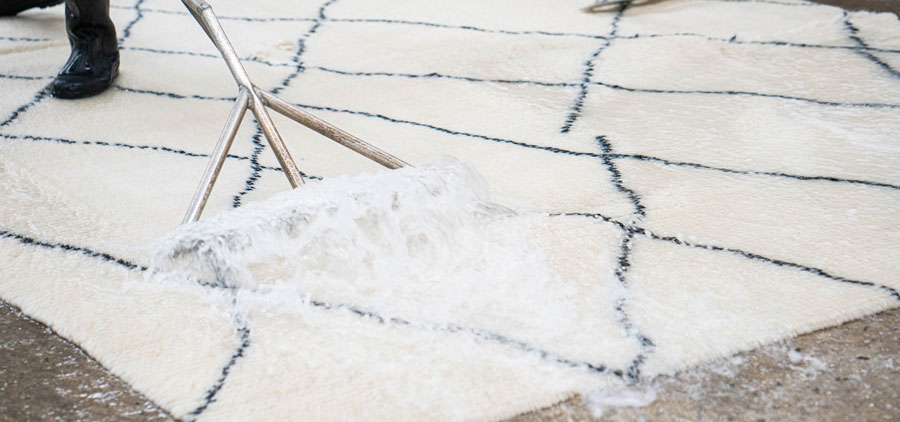
Why You Need Professional Assistance
Sure, regular vacuuming can keep your rug relatively clean. But it isn’t the most effective at dealing with stubborn stains or getting rid of certain allergens that stick to fibers. These tasks are best left to professional rug cleaners.
A professional cleaner may use several advanced techniques to get stubborn dirt out.
The first of these crucial processes is known as agitation. This helps cleaners get their chemicals into every corner of your rug and brings dust up to the surface.
The cleaner will then carry out a hot water extraction and rinse to remove the dirt. Once that’s done, they may apply a neutralizer to give the rug a soft feel or a deodorizer for that fresh smell. The last stage is drying, which relies on an industrial-strength blower.
- A professional can offer many benefits over your DIY efforts, including:
- You don’t want discoloration and color migration in your fine area rug
- You can’t properly dry your rug in your house
- Tailored solutions based on the type of stain and carpet material
- Solutions that enhance the longevity of your precious rug
- Let the professional rug cleaning deal with your rug problems while you enjoy your time
While there’s no specific guideline, the general rule of thumb is that you supplement your DIY vacuuming and cleaning with professional cleaning at least once a year.
How to Identify When It’s Time to Clean Your Rugs
There are several factors that could require you to tweak your rug cleaning schedule. While stubborn stains, dampness, or pet hair are surefire signs your rug needs a thorough cleaning, there are some signals that aren’t as obvious. Be sure to get in touch with a professional if you notice:
- Discoloration, which indicates some parts of the rug are dirtier than others
- Allergies acting up despite regular vacuuming
- A faint lingering smell that has no apparent source
But there’s no need to complicate matters much more than this. Instead, you can use a straightforward test that will confirm when it’s time to clean your rugs. Just rub your palm on the carpet. If your hand gets dirty, reassess your rug cleaning frequency.
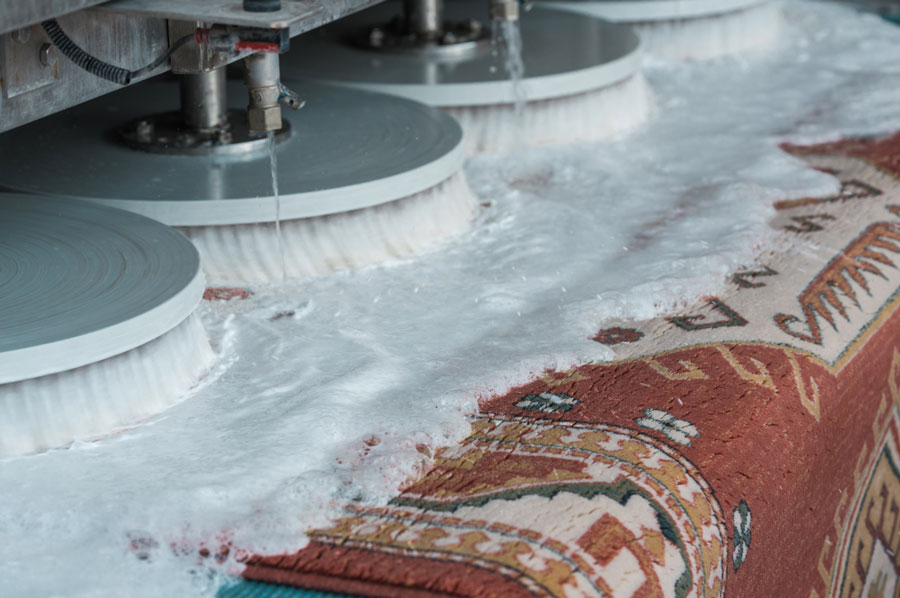
What are the Health Risks?
An improper rug cleaning schedule can not only be unhygienic, it could be dangerous. The several health risks posed by dirty rugs include:
- Respiratory issues: The small particles that get nestled deep in your rug, when inhaled, can cause asthma attacks. Moreover, the presence of mold can be very dangerous and a major indicator that it’s time to clean your rugs.
- Skin issues: Rugs are a hotbed of germs, which can cause your skin to turn red, swell, or develop rashes. Homes with insects or rodents are particularly vulnerable. Dirty rugs can also lead to fungal infections like athlete’s foot.
- Immunity issues: A body that’s made to constantly fight off germs, bacteria, or fungus from a dirty rug will soon grow tired. This can lead to a weakened immune system — especially in children.
- Stomach issues: Did you know that rugs — specifically damp ones — can host salmonella? Or that even a little mold can have dire effects on your stomach? Keep this in mind the next time you’re determining your rug cleaning frequency.
- Mental issues: A dirty rug can cast a dark gloomy cloud over your living room, or workspace. Dealing with constant dampness, bug infestations, or allergens can increase your stress levels, which, in turn, manifests into physical symptoms.
As you can see. there’s several benefits to routine rug cleaning that go beyond aesthetics. The frequency of rug cleaning is known to have a direct impact on the health of you and your loved ones.
View this post on Instagram

